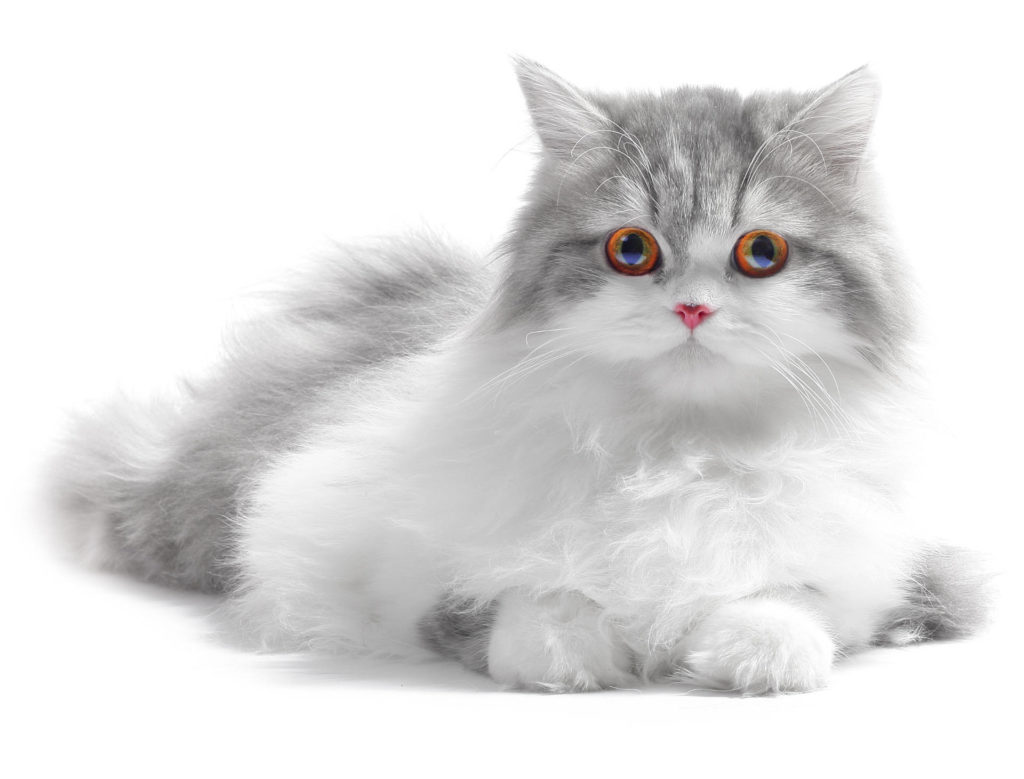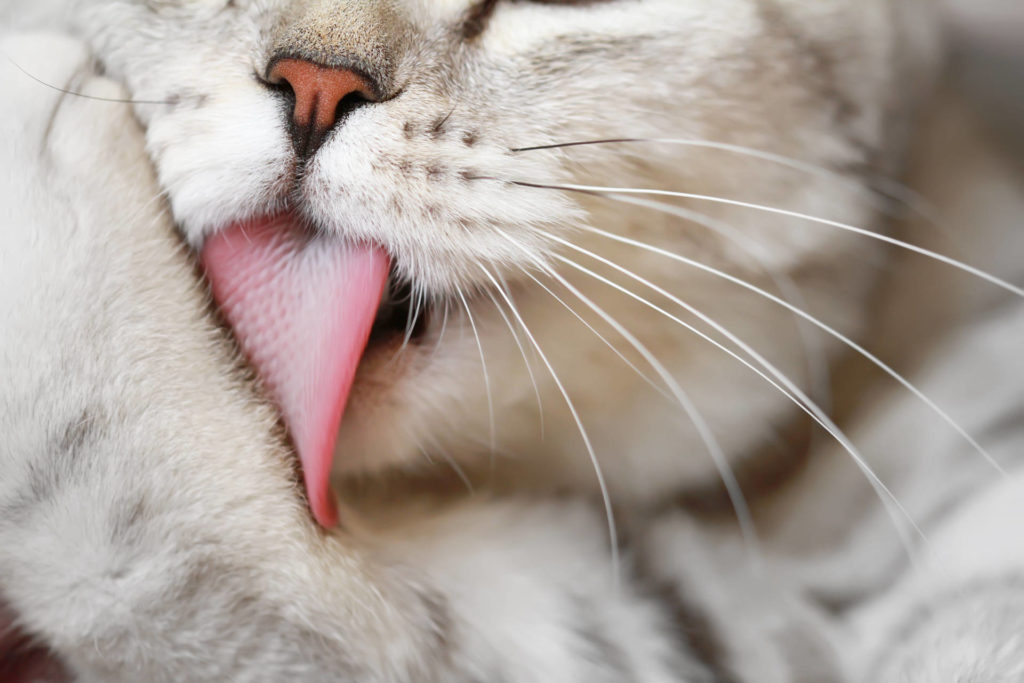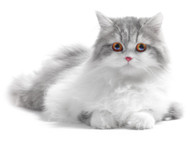Keeping your cat’s skin and coat healthy
26th Jul 2023

As a cat owner we all love the sensation of running our hands through our cats’ soft fur!
INTRODUCTION
Despite the splendour of a cat’s beautiful coat, there lies beneath the surface some startling facts about function. The hairs give the cat sensory information, protects against harsh elements, such as heat, cold, wind, rain or snow, and it helps the cat to manufacture its own vitamin D.
Omega 3 fatty acids and Omega 6 fatty acids are regarded as necessary to keep the coat shiny and to prevent shedding. They also protect a cat’s immune system, liver, eyes, brain, and joints.
BALANCED DIET
It is important that cats have a diet high in protein in order to keep their skin and coat healthy.
A natural high protein diet is essential for a cat’s diet as it keeps their coat shiny and nourished and keeps their muscles healthy. Raw diet is high in moisture which prevents itchy or flaky skin conditions.
Cats suffer from many problems that affect their skin and coat. Skin, the body’s largest organ, is a natural protector against toxic substances, dehydration, infection, and ultraviolet light. Good nutrition can have a positive effect on an animal’s coat and skin.
GROOMING
As we know our cat’s love to take care of themselves. They spend much of their time grooming. As a cat owner it is important to also help your pet by giving them a regular brush to prevent knots & tangles, remove dirt and get rid of dead hair.
Cats generally take care of their own fur, but if they swallow too much fur this can lead to hairballs. Hairballs can get stuck in the digestive system.
To help prevent hairballs it’s important to brush your cat’s hair regularly and if applicable, schedule regular haircuts so that less hair is consumed when licking the fur.

CHANGES IN COAT CONDITION
As winter begins and the cold weather approaches, a cat’s coat grows thicker to help keep the heat in and the cold air out. This is normal for a cat. Likewise, as the temperature increases and gets warmer, cat’s shed their coat to stay cool.
If you start to see any dramatic changes in your cat’s coat or your cat starts to lose a lot of hair, you should seek medical advice and contact your veterinarian.
The following conditions all have hair loss as a symptom:
- Mange is a skin condition which is caused by mites, cat’s who suffer from it experience alopecia.
- Anxiety disorder and stress can cause a cat to over-groom.
- Ringworm is an infection that has hair loss in a circular pattern.
It is important to regularly check your cat’s skin and fur to make sure they are in good condition and not suffering from any adverse conditions.
Hair is composed of around 95% protein, therefore, normal growth of hair and keratinization of the skin creates a high demand for protein and may account for between 25 and 30% of the animal’s daily protein requirement. Failure to meet this demand results in the cutaneous manifestations of protein malnutrition including brittle, depigmented hair, which is easily shed and slow to regrow, excessive scaling and thin, inelastic and hyperpigmented skin.
Many nutrient deficiencies may be associated with skin disorders, however, most will produce a range of clinical signs. In most instances, abnormalities in sebum production and/or keratinization lead to nutritional dermatosis, which includes excessive scale, erythema, alopecia or poor hair growth and greasy skin, which may be accompanied by secondary bacterial infection and pruritus.
Dietary factors have a major role in the maintenance of healthy coat and skin, and are significant for the control of certain skin diseases. Hence why a high protein, species appropriate diet is so important.

